
UDK: 617.557-007.43-7
Yu.S. Paskalov, A.A. Botezatu, R.I. Railianu
ГОУ «Приднестровский государственный университет им. Т.Г. Шевченко»
The method of an electromyography has investigated electroefficiency caused by physical activity and electrostimulation of reduction of abdominal muscles of the upper bound of an inguinal interval at 95 (59,7 %) patients with inguinal hernias and at 64 (40,3 %) patients without hernias. The decrease of amplitude, frequency and area of electromyograms, received from the area of the destroyed hernia of the inguinal interval at self-reduction of abdominal muscles, by 14,6; 40,2 and 20,2 % in comparison with the contralateral party was found. The level of amplitude and frequency of electromyograms inguinal areas of patients without hernias was (739,75 ± 79,77) MV and (50,38 ± 7,62) s, which is 39,6 and 73,5 % higher than the identical indices of functional activity of the upper boundary muscles of the destroyed hernia of inguinal and 28,9 % and 55,7 % more contralateral of the inguinal hernia side. The area of electromyograms inguinal areas of patients without hernia was above the power of muscle contraction around the inguinal hernia defect by 61,3 %. Use of an electromyostimulation of abdominal muscles has allowed to improve results of an electromyography both at patients without hernias, and among patients with inguinal hernias that has allowed has specified a difference in amplitude of electromyograms between them for 41 %.
inguinal hernia, electromyography, electrostimulation.
Райляну Раду Иванович – к. м. н., доцент кафедры хирургических болезней медицинского факультета, Приднестровский государственный университета им. Т.Г. Шевченко, e-mail: railianu.radu@yandex.ru